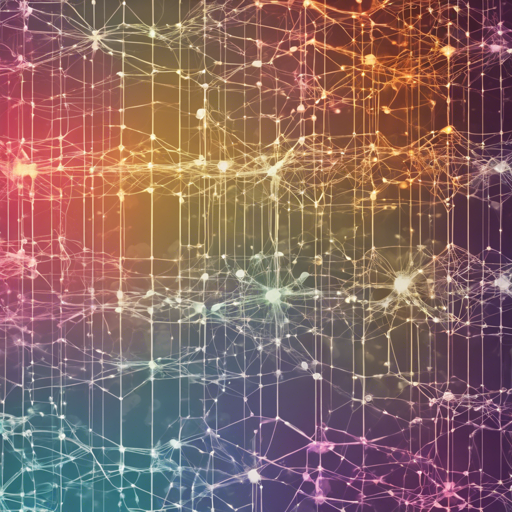In the world of machine learning, innovation is key. One of the latest trends shaking up the scene is Lambda Networks, a model that has been pushing the boundaries of image recognition by achieving state-of-the-art (SOTA) results on datasets like ImageNet. This technology leverages a unique λ layer that transforms contexts into linear functions called lambdas, applying these functions to each input. In this blog post, we’ll dive into how to implement Lambda Networks using PyTorch and provide some troubleshooting tips!
Installation
To get started, you need to install the Lambda Networks package. This is as simple as running a command in your terminal:
bash
$ pip install lambda-networks
Usage of Lambda Networks
Once you have installed the library, you can start utilizing it in your PyTorch projects. Below, we break down how to implement both global and localized contexts using the LambdaLayer from the library. Think of it as setting up a stage for a show — the stage is well-structured and prepared so that the performers (the model) can shine.
Global Context
To capture global context, you will want to set up your LambdaLayer as follows:
python
import torch
from lambda_networks import LambdaLayer
layer = LambdaLayer(
dim=32, # channels going in
dim_out=32, # channels out
n=64, # size of the receptive window - max(height, width)
dim_k=16, # key dimension
heads=4, # number of heads, for multi-query
dim_u=1 # intra-depth dimension
)
x = torch.randn(1, 32, 64, 64)
output = layer(x) # (1, 32, 64, 64)
Localized Context
When you want to focus on localized context, here’s how you set it up:
python
import torch
from lambda_networks import LambdaLayer
layer = LambdaLayer(
dim=32,
dim_out=32,
r=23, # receptive field for relative positional encoding (23 x 23)
dim_k=16,
heads=4,
dim_u=4
)
x = torch.randn(1, 32, 64, 64)
output = layer(x) # (1, 32, 64, 64)
Additional Import Option
As a fun twist, you can also import the LambdaLayer using the following:
python
from lambda_networks import λLayer
TensorFlow/Keras Version
If you are a TensorFlow user, you’re in luck! A Keras implementation is available although not officially supported in this repository. To use it, make sure you have TensorFlow and Keras installed:
python
import tensorflow as tf
from lambda_networks.tfkeras import LambdaLayer
layer = LambdaLayer(
dim_out=32,
r=23,
dim_k=16,
heads=4,
dim_u=1
)
x = tf.random.normal((1, 64, 64, 16)) # channel last format
output = layer(x) # (1, 64, 64, 32)
Troubleshooting
Like any implementation, you might run into a few hiccups along the way. Here are some troubleshooting ideas:
- Module Not Found: Make sure you have installed the lambda-networks package correctly. You might need to check your Python environment.
- Dimension Issues: Double-check the input dimensions against what your LambdaLayer configuration expects. It’s essential that these match.
- CUDA Errors: If you’re using GPU acceleration, ensure that your PyTorch is set up correctly to utilize CUDA. You might need to refer to the PyTorch installation guide.
- If you require additional insights, don’t hesitate to reach out. For more insights, updates, or to collaborate on AI development projects, stay connected with fxis.ai.
At fxis.ai, we believe that such advancements are crucial for the future of AI, as they enable more comprehensive and effective solutions. Our team is continually exploring new methodologies to push the envelope in artificial intelligence, ensuring that our clients benefit from the latest technological innovations.
Citations
If you’re interested in further reading or need to cite this work, the reference is as follows:
bibtex
@inproceedings{
anonymous2021lambdanetworks,
title={Lambda Networks: Modeling long-range Interactions without Attention},
author={Anonymous},
booktitle={Submitted to International Conference on Learning Representations},
year={2021},
url={https://openreview.net/forum?id=xTJEN-ggl1b},
note={under review}
}
And there you have it! A straightforward guide to implementing Lambda Networks for your image recognition tasks. Harness the power of lambdas and elevate your machine learning capabilities!

